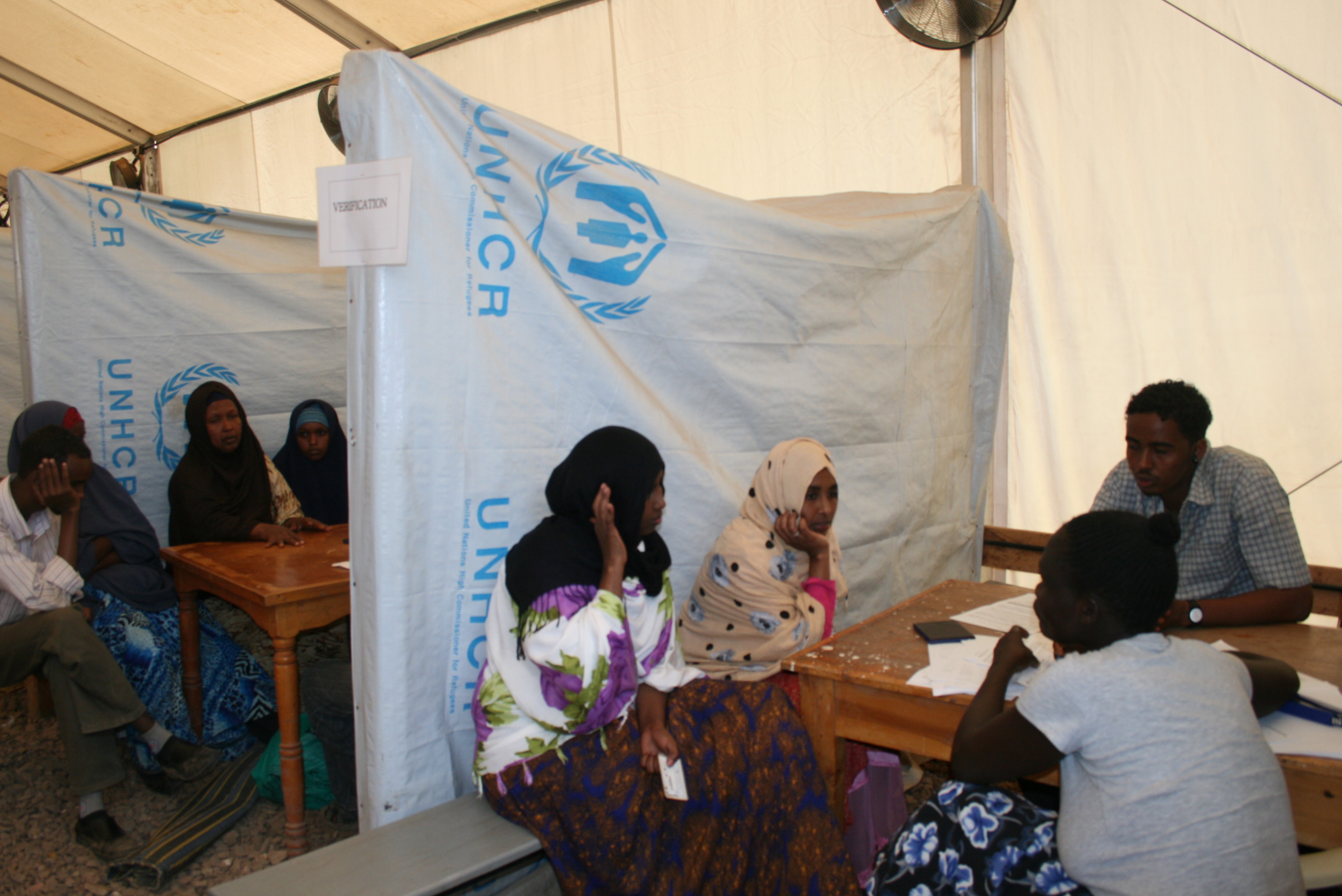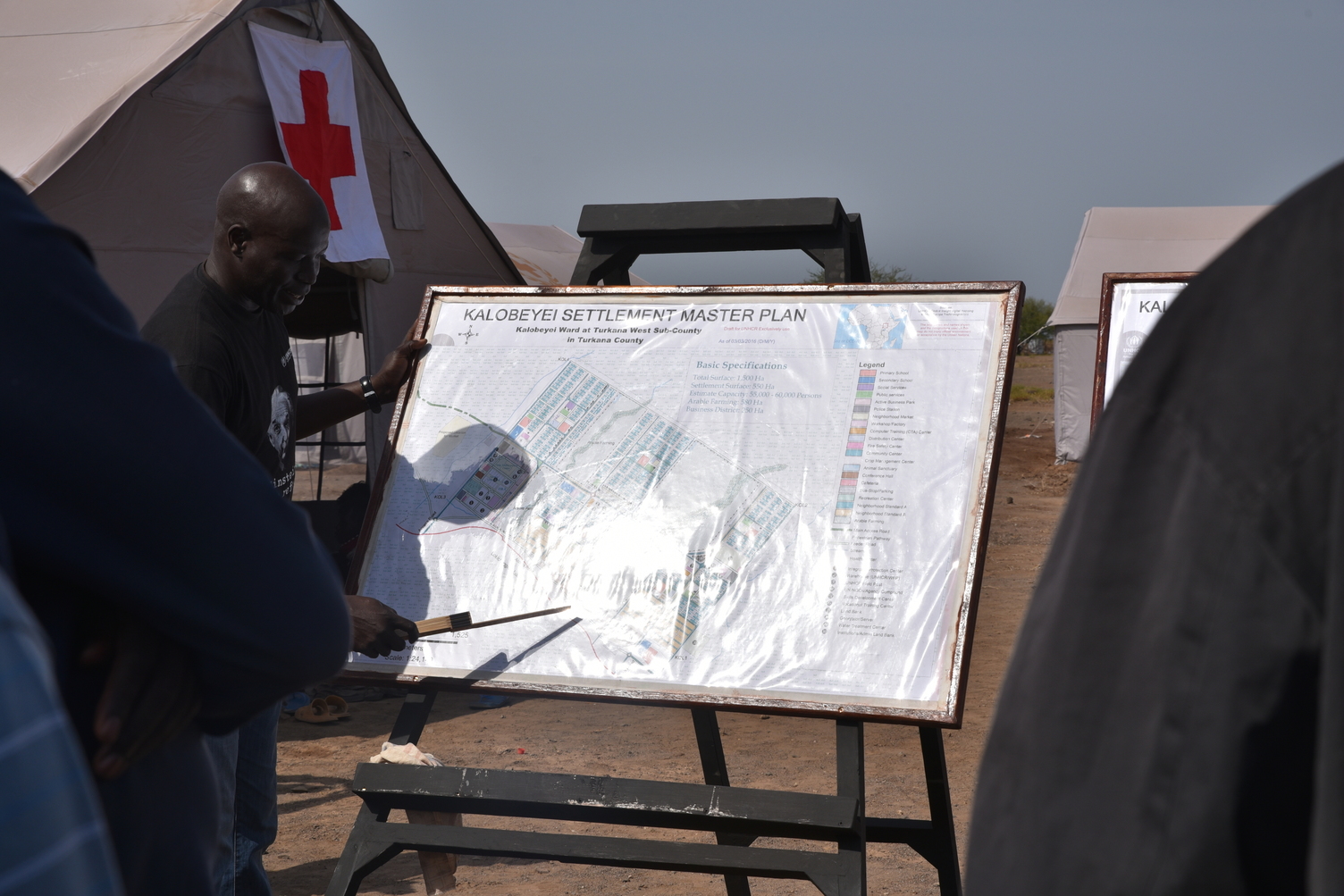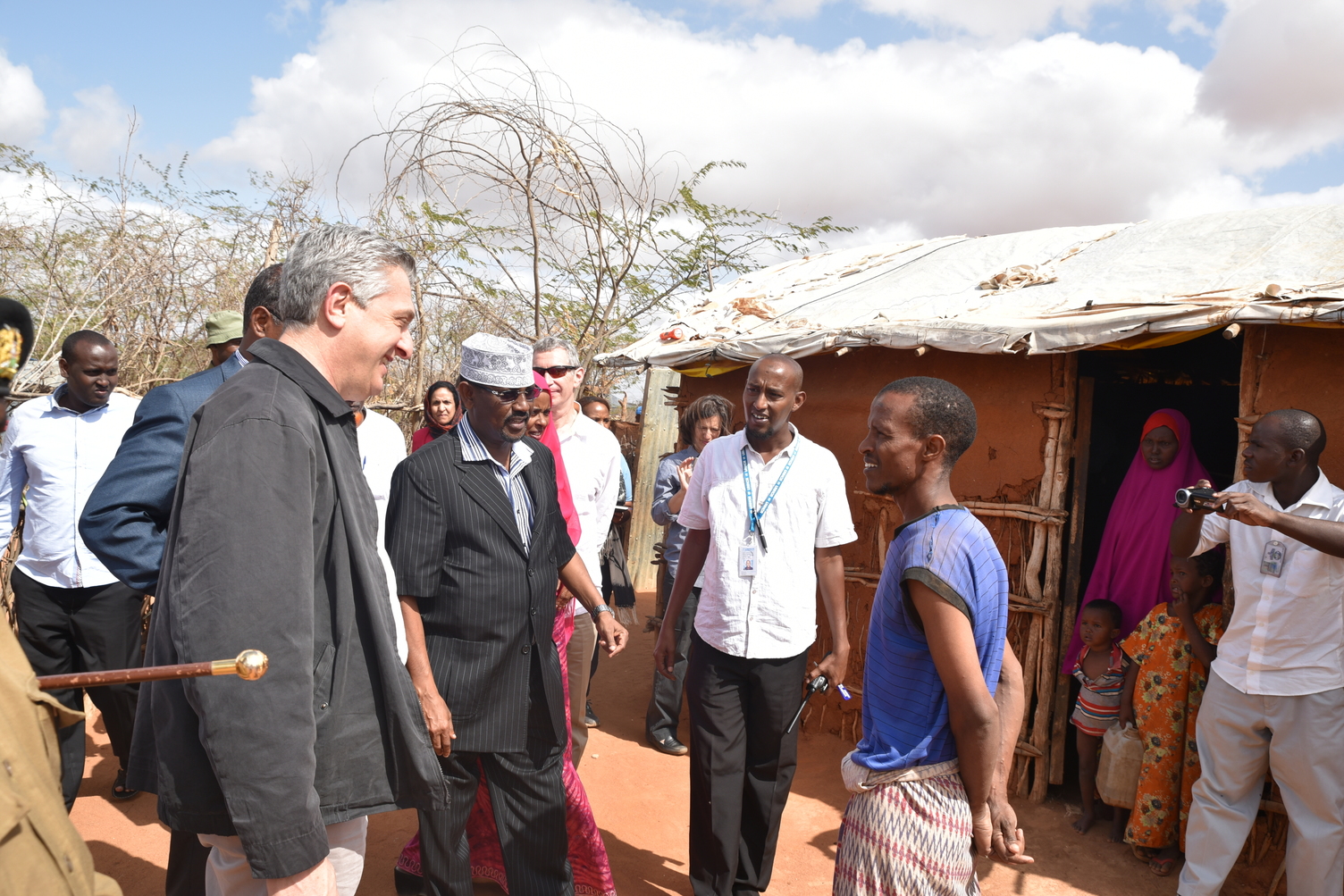Registration
Refugee registration is the process whereby persons of concern to UNHCR are recorded, verified, and their personal information is updated with the aim of providing documentation that protects them and implementing durable solutions.
Refugee registration is the process whereby persons of concern to UNHCR are recorded, verified, and their personal information is updated with the aim of providing documentation that protects them and implementing durable solutions.
Registration of refugees and asylum seekers is first and foremost a key protection function. It helps to protect refugees from refoulement as the documentation ascertains their legal status as refugees or asylum-seekers. Registration and documentation ensures an easier access to basic services to enable them enjoy their basic rights.
Registration is also the primary source of information to know more about the persons of concern: who and where they are, what their skills/profiles are, what their specific needs are etc. Registration enables UNHCR, its partners and the Government of Kenya to identify persons in need of special assistance and to respond to their need in a timely manner. It finally provides crucial information to seek appropriate durable solutions.
UNHCR Registration key and routine activities are:
- Registration of new asylum seekers into UNHCR standard ‘proGres’ database. At the point of registration, UNHCR collect Bio-Data information including photo and fingerprints. Other information collected include place of asylum and place of origin addresses, education, occupation, skills, languages and specific needs.
- Continuous registration activities: this includes birth and death registration, biodata and family composition changes, inter-camp transfers etc.
In Kenya, the Ministry of Interior and Coordination of National Government and UNHCR are in the process of merging their parallel registration systems in order to simplify the existing process and harmonize the data on refugees and asylum seekers.



